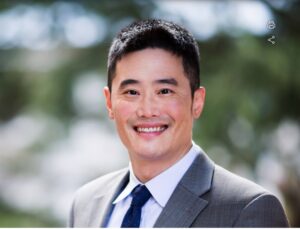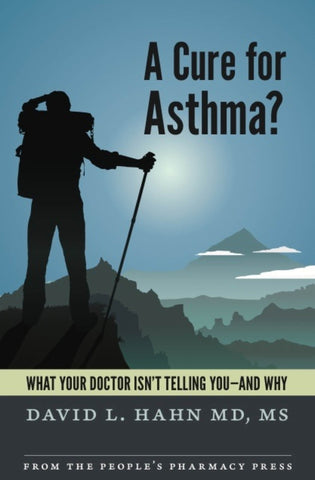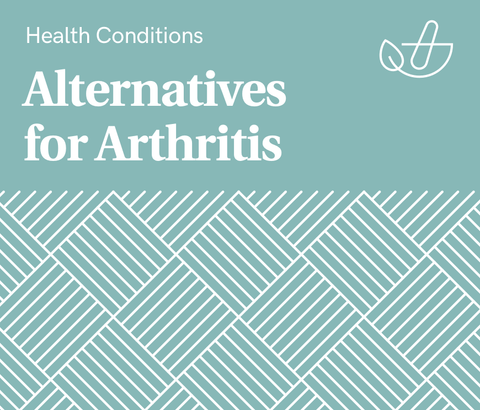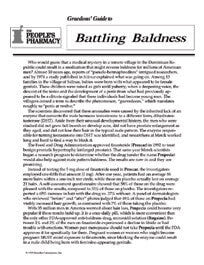Link to your individual collections by creating a new linklist in the Navigation section of the admin.
You can then have it appear here by choosing your new linklist under Customize Theme / Sidebar.

Show 1365: Revealing the Secrets of Sudden Cardiac Death
This week’s interview is on an underappreciated killer, sudden cardiac death. This is not the same thing as a heart attack. Our guest, Dr. Zian Tseng, has been studying cardiac arrest for years to learn why it happens and what to do about it.
The Difference Between Cardiac Arrest and Heart Attack:
When most people think of death from cardiac causes, they may picture a person having a heart attack. Possibly a coronary artery has become clogged. The victim feels like an elephant is sitting on his chest. If he gets to the hospital promptly, doctors can insert a stent or administer clot-busting medication and stop the heart attack in process. It’s reasonable to think of this as a plumbing problem, in crude terms.
In a cardiac arrest, on the other hand, the heart stops beating. There may be no warning symptoms, and the majority of the people experiencing cardiac arrest die before anyone can get them to the hospital. That’s why sudden cardiac death kills more than 350,000 people each year. For a simple analogy, think of this as an electrical problem.
What Causes Sudden Cardiac Death?
Cardiac arrest may be triggered by a range of causes. Sometimes a previous heart attack leaves the heart in bad shape, susceptible to a breakdown in the conduction of electrical impulse. An enlarged heart (hypertrophic cardiomyopathy) is also more prone to cardiac arrest. Even a young healthy person may experience cardiac arrest, as LeBron James’s son Bronny did while playing basketball. In some cases, this is due to congenital factors. (We do not know what may have caused Bronny’s cardiac arrest and are relieved that he seems to be recovering well.)
Until recently, scientists assumed that most if not all sudden deaths were cardiac deaths. However, Dr. Tseng’s research has shown that is not the case. In fact, women are more likely to experience sudden death from neurological rather than cardiac causes. By the way, some neurological conditions can also trigger cardiac arrest, possibly resulting in sudden cardiac death.
Can Cardiac Arrest Be Prevented?
A person who has been lucky enough to survive a cardiac arrest may be a candidate for intervention to prevent a second such event. For this, doctors usually choose an implantable defibrillator. If this device detects an abnormal rhythm–or an ominous absence of heartbeat–it can shock the heart back into normal rhythm.
Are There Symptoms Prior to Sudden Cardiac Death?
We asked Dr. Tseng, and he replied:
“This is the billion-dollar question in our field. In more than half of cases, sudden cardiac death is the first expression of heart disease. So the enormous challenge I and others are tackling is how to identify these high risk people before their first cardiac arrest, and some emerging approaches are risk prediction models, genetics, or targeted testing. Some subtle symptoms can be fainting (especially fainting with exertion such as exercise), palpitations, racing heartbeat, and of course other traditional heart disease symptoms such as shortness of breath, chest pain, fatigue, unexplained swelling in the legs. The other important factor to consider is family history of sudden death, cardiac arrest, or early heart disease. If one has any of these symptoms or factors, they should see their doctor for a full evaluation and referral if necessary.”
We also asked him what a person who is vulnerable to cardiac arrest should do. He said:
“The remainder of cardiac arrest cases typically have established some form of heart disease (such as prior heart attacks, heart failure, or other known high risk conditions such as inherited heart diseases). For these people, close care and follow-up with their specialists to ensure they are receiving optimal treatment for the underlying heart disease.”
Heart Rhythm Problems:
Ventricular fibrillation is often associated with cardiac arrest. It is a failure of the lower chambers of the heart to pump in a coordinated fashion. Instead, the heart looks like a bag of squirmy worms, and the lack of blood going to essential organs kills a person rather quickly.
Sometimes, the problem is not with the lower chambers but with the upper chambers or atria. If they are not working together, the condition is called atrial fibrillation. When blood is not moving through the atria properly, the ventricles have to work harder and may start to speed up. That’s why a rapid heart rate without exertion should be investigated.
Atrial fibrillation is not lethal in itself. However, it can lead to blood clots forming in the heart that then get pumped out to the rest of the body. As a result, people with A-fib are about five times more likely to have a stroke than those with normal heart rhythms.
Many people now have access to devices that can detect atrial fibrillation. The Kardia device provides an electrocardiogram. The Apple watch can also detect atrial fibrillation. Treatments depend upon the severity of the condition but may include drugs to slow the heart rate and/or an anticoagulant to prevent blood clots.
What Are PVCs?
Another heart rhythm irregularity that is quite common is the pre-ventricular contraction, or PVC. This may not cause any symptoms, or it may result in palpitations. A doctor can help determine whether any treatment is needed. People with PVCs may not need to do anything about them.
Preventing Sudden Cardiac Death:
Every public space should have a defibrillator available, and people using the space should learn how to deploy the AED (automated external defibrillator). If someone collapses, call the ambulance and apply the defibrillator.
Not all spaces are public, and even places that should be equipped with an AED don’t always have one. That is why Dr. Tseng urges each of us to learn CPR, just in case someone we know collapses with a cardiac arrest while we are there.
This Week's Guest:
Dr. Zian H. Tseng is a cardiologist and electrophysiologist (a specialist in heart rhythm disorders) and the Murray Davis Endowed Professor of Medicine at UCSF. He specializes in catheter ablation of complex arrhythmias and implanting heart rhythm devices and has special expertise in performing these procedures for patients with congenital heart disease. Dr. Tseng is a world expert in cardiac arrest and sudden cardiac death, its risk factors, and mechanisms. He is the founder and principal investigator of the NIH-funded POstmortem Systematic InvesTigation of Sudden Cardiac Death (POST SCD) Study, which has deeply investigated every sudden death in San Francisco County since 2011 in collaboration with the Medical Examiner.
https://medconnection.ucsfhealth.org/participant/zian-tseng-md
[caption id="attachment_128470" align="alignnone" width="300"] Zian H. Tseng, MD, UCSF[/caption]
Zian H. Tseng, MD, UCSF[/caption]




